Recognizing the early signs of a stroke can be a game-changer. Strokes don’t typically hit out of the blue; your body often throws out warnings in advance, like your car’s check engine light. Different types of strokes include ischemic strokes, hemorrhagic strokes, and transient ischemic attacks (TIAs). Each type has its own indicators, but they all share some common ground that you can look out for.
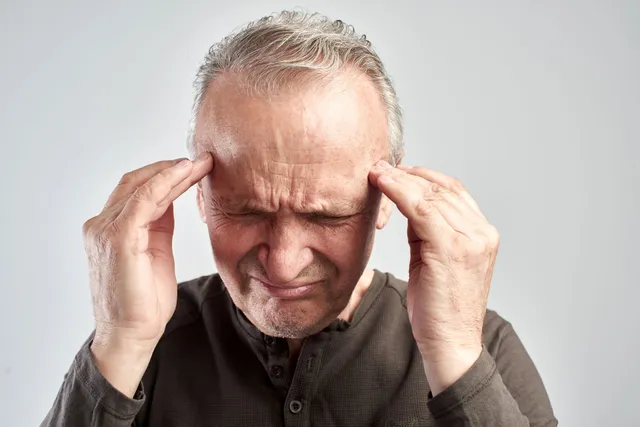
Common warning signs of a stroke might include sudden numbness or weakness in your face, arm, or leg, especially on one side. You might also experience sudden confusion, trouble speaking, or understanding speech. Have you ever tried to walk but felt dizzy or lost your balance? That’s another red flag.
Some subtle and unnoticed symptoms can make it tougher to recognize a stroke coming. Unusual tiredness, frequent headaches, mood swings, and unexplained changes in behavior can all be warning signals. Don’t brush these off as just having a rough day. If you find yourself experiencing any of these more than usual, it’s worth talking to a doctor.
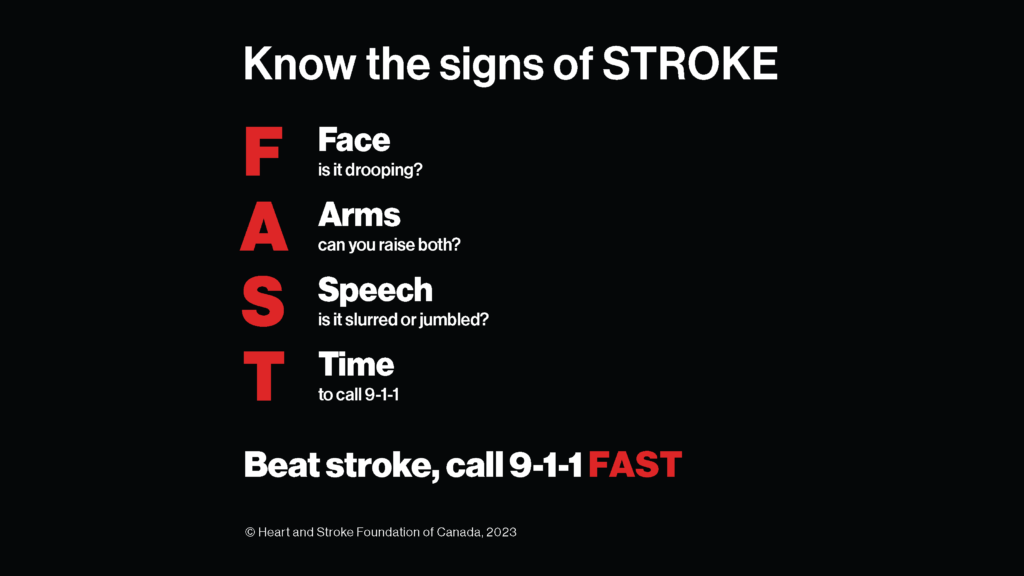
When it comes to early detection, timing is everything. Catching these signs early can make a massive difference in treatment effectiveness. Remember the acronym FAST – Face drooping, Arm weakness, Speech difficulties, Time to call emergency services. If you spot these signs, don’t wait; act immediately. Every second counts in reducing the impact of a stroke.
One Month Before: Early Stroke Warning Signs to Watch For
The body often gives a heads-up well before a stroke hits. It’s like warning lights flashing on your dashboard a month before your car breaks down. Recognizing these signs can be crucial for early medical intervention.
Fatigue and dizziness are two of the more subtle signs you might notice. Feeling unusually tired all the time, even when you’ve had enough sleep, isn’t something to ignore. Similarly, frequent episodes of dizziness can signal something more serious going on in your brain. If these symptoms persist, it’s time to have a conversation with your doctor.

Persistent headaches are another clue. While everyone gets a headache now and then, having severe or unexplained headaches regularly could point towards an impending stroke. Any headaches that come with other symptoms like vision problems or numbness should be checked out immediately.
Changes in mood and behavior might also be early warning signs. Sudden shifts in your emotional state, unexplained irritability, or bouts of depression can indicate underlying issues. These changes are often overlooked but keeping track of such patterns might give you the early alert you need.
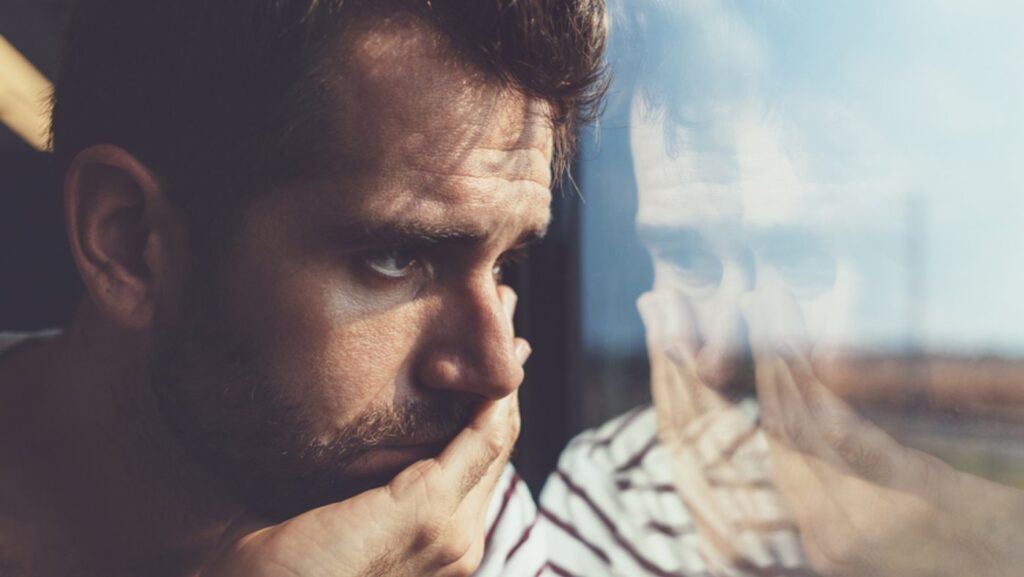
Taking note of these symptoms and acting promptly can provide your healthcare provider with the information they need to assess your risk. You’re not just saving your own life—you might save someone else’s by spreading awareness.
Classic Symptoms of Stroke in Men
When it comes to recognizing a stroke, some symptoms are hard to miss. These classic signs are your body’s way of shouting for immediate help, so ignoring them isn’t an option.
One major symptom is sudden numbness or weakness in the face, arm, or leg, particularly on one side of the body. Imagine trying to lift your coffee mug and realizing one arm feels like it’s made of lead. That’s a sign to worry about. Numbness or paralysis often shows up suddenly and can escalate quickly.
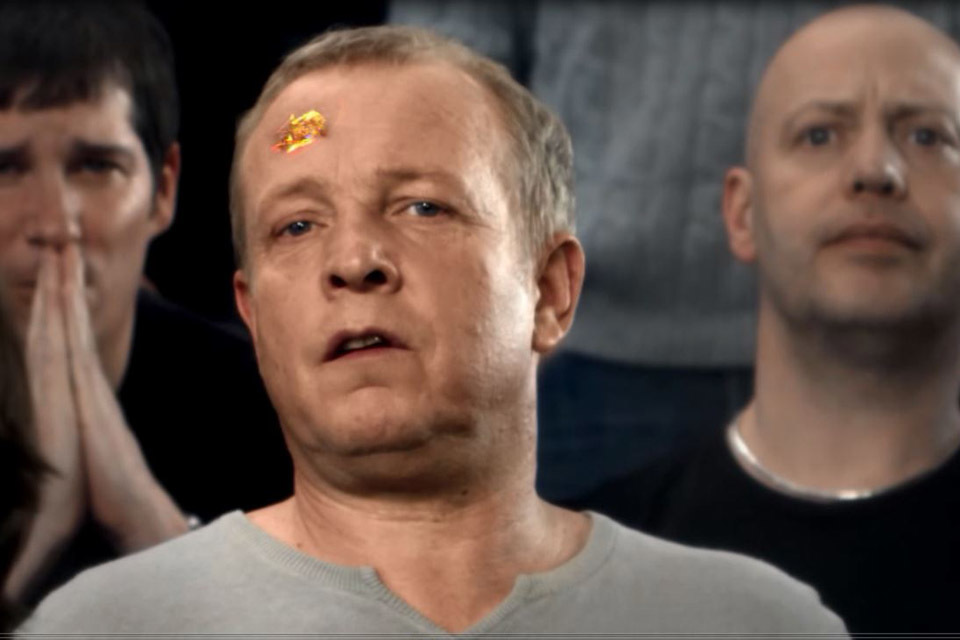
Confusion and trouble speaking or understanding speech are other big warning signs. One moment you’re in the middle of a conversation, and the next, words just aren’t coming out right, or you’re unable to comprehend what someone else is saying. This sudden shift can be incredibly alarming and should set off immediate alarm bells.
Vision problems are another red flag. You might find that your vision suddenly becomes blurry or even that you lose vision in one or both eyes. This isn’t just tired eyes; it’s a signal that something isn’t right. Taking these vision changes seriously can make a huge difference in outcomes.

Loss of coordination and sudden dizziness also make the list. If you suddenly find yourself struggling to walk straight, or you feel a spinning sensation even when you’re standing still, it’s crucial to seek medical help urgently. These symptoms indicate that your brain isn’t functioning properly and needs immediate care.
Remember, these classic symptoms demand quick action. Recognizing and responding to these signs can be lifesaving, giving you the chance to get the medical intervention you need without delay.
Identifying Mild Stroke Symptoms
Not all strokes come with dramatic symptoms. Sometimes, before you even realize what’s happened, a minor stroke—often called a Transient Ischemic Attack (TIA)—might occur. These ‘mini-strokes’ can seem harmless, but they’re a big deal and serve as a loud wake-up call.
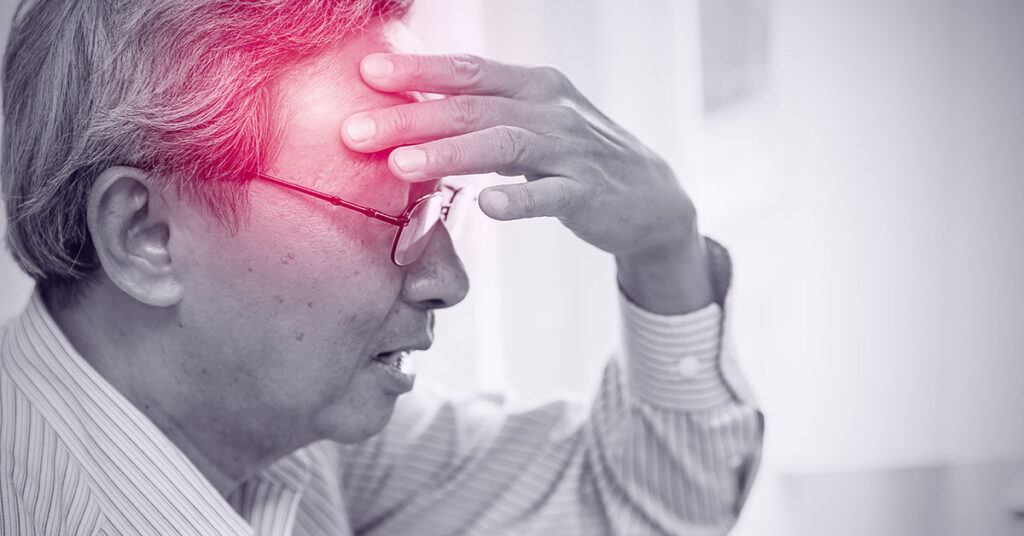
Asian elder pain from headache stress danger of stroke syndrome
TIAs are characterized by temporary symptoms. These might include sudden dizziness, minor confusion, or slight difficulty speaking. Unlike major strokes, these symptoms usually last only a few minutes and then go away. It’s easy to brush them off as not a big deal, but ignoring these signs is like playing with fire. They indicate that a full-blown stroke could be on the horizon.
Some might experience momentary weakness or numbness in limbs or face. This might be fleeting and could pass quickly, making it easy to disregard. However, even these brief episodes are critical clues that something’s not right within your brain’s blood vessels.
Ignoring mild stroke symptoms isn’t an option. A TIA is often seen as a prelude to a more severe stroke, usually happening within a year if not treated. That’s why it’s urgent to talk to a healthcare provider if you suspect you’ve had one. Your doctor might run tests, suggest lifestyle changes, or start treatments aimed at preventing a larger, more damaging stroke. They can guide you in making adjustments that can significantly reduce your risk.
Taking these mild symptoms seriously can essentially be your brain’s saving grace. Intervening early not only prevents a major stroke but also helps in maintaining your quality of life.
Recognizing Unusual Stroke Symptoms
Typical stroke symptoms are widely known, but there are some unusual ones that can catch you off guard. They’re not as obvious but are just as serious, highlighting the need to be aware of all possible signs.
Hiccups might seem benign, but when they come out of nowhere and don’t stop, they could be pointing towards a stroke. Persistent hiccups can signal an issue with the brain’s control over bodily functions. If they’re accompanied by chest pain or shortness of breath, it’s time to seek medical help.
Nausea and vomiting are other odd symptoms. While these can be attributed to countless other ailments, if they occur suddenly and intensely, they might be signaling a stroke. When accompanied by other stroke signs like dizziness or severe headache, they’re a red flag.
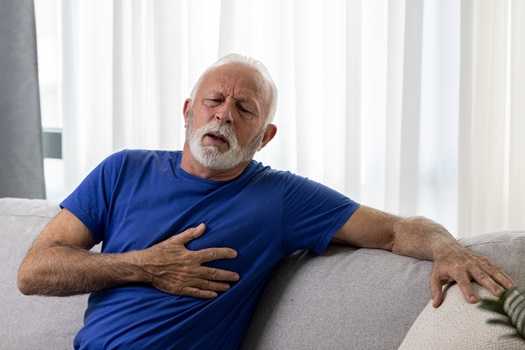
Chest pain isn’t just a sign of heart problems. If it strikes suddenly, combined with other unusual symptoms like trouble breathing or dizziness, it could indicate a stroke. Taking these symptoms seriously can prevent further complications.
General weakness that isn’t explained by physical exertion can be a major clue. Feeling suddenly weak or fatigued without a clear reason might indicate that your brain isn’t getting enough blood flow. This is particularly worry when this weakness is concentrated on one side of the body.
Breathing difficulties often make you think about lung or heart issues, but strokes can also affect your ability to breathe. If you’re struggling to catch your breath without exertion, and it comes on suddenly, consider it an urgent issue that requires professional evaluation.
Immediate Actions to Take When Stroke Symptoms Occur
The first few moments after noticing stroke symptoms are crucial. Recognizing the signs and acting quickly can make all the difference in minimizing the impact.
Calling emergency services should be your first move. Don’t wait to see if symptoms go away. The quicker you get professional help, the better the chances of reducing long-term damage. Clearly explain the symptoms to the dispatcher so they can prioritize your call for immediate response.
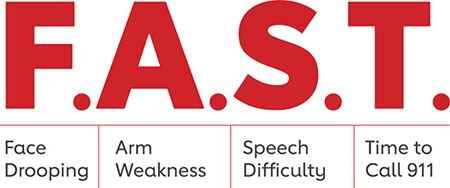
If you’re with someone experiencing a stroke, stay calm. Panicking will only make the situation more stressful and could delay getting help. Keep the person comfortable and reassure them that help is on the way. Remove any tight clothing or accessories that could cause additional discomfort.
First aid measures can be beneficial while waiting for professional help to arrive. Lay the person down with their head and shoulders slightly elevated. This helps to improve blood flow to the brain. Avoid offering food, drink, or medication unless specifically advised by a healthcare professional.
Rapid response time is vital. Time lost is brain lost. Even if the person starts to feel better or symptoms appear to lessen, still get medical help immediately. Strokes can be deceptive, and immediate medical attention is necessary for proper diagnosis and treatment.
Treatment Options for Stroke in Men
Once medical help is on the scene, treatment begins immediately. There are several interventions and medications aimed at minimizing stroke damage and promoting recovery.
One of the most common treatments for ischemic strokes, which make up about 87% of all strokes, is the use of clot-busting drugs like tPA (tissue plasminogen activator). If administered within a few hours, these can dissolve clots and restore blood flow to the brain, significantly reducing long-term effects.
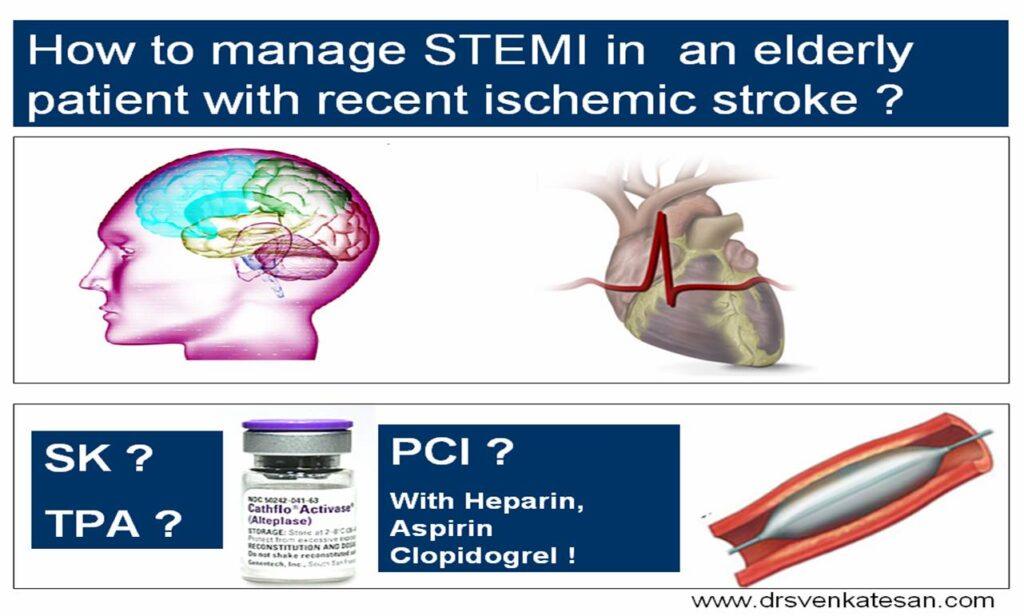
Mechanical thrombectomy is another option for ischemic stroke patients. This involves a surgeon removing or breaking up a clot using a catheter inserted through an artery. This procedure is often used for large clots that don’t respond well to medication.
For hemorrhagic strokes, which involve bleeding in the brain, treatment focuses on controlling the bleeding and reducing pressure on the brain. This might involve surgery to repair blood vessels and relieve pressure.
Rehabilitation therapies are critical in the aftermath of a stroke. These can include physical therapy to regain strength and coordination, occupational therapy to relearn daily activities, and speech therapy to overcome communication difficulties.
Lifestyle changes are also a vital part of stroke treatment. Adopting a healthier diet, regular exercise, quitting smoking, and managing conditions like diabetes or high blood pressure can help prevent future strokes.
Medications for long-term management might include blood thinners, cholesterol-lowering drugs, or medications to control blood pressure. Follow-up with a healthcare provider is essential to monitor progress and make any necessary adjustments.
Aftercare and Recovery: Living Post-Stroke
Experiencing a stroke can turn your life upside down, but aftercare and recovery can help you reclaim your life. Continued medical care is crucial. Regular check-ups with your healthcare provider will help monitor your recovery progress and manage any ongoing health issues. Adjustments to medication or therapy plans might be necessary to ensure you’re on the right track.
Physical and emotional support plays a huge role in recovery. Engaging in physical therapy to regain lost strength and coordination, participating in occupational therapy to relearn daily activities, and involving in speech therapy for communication challenges can make a significant difference.
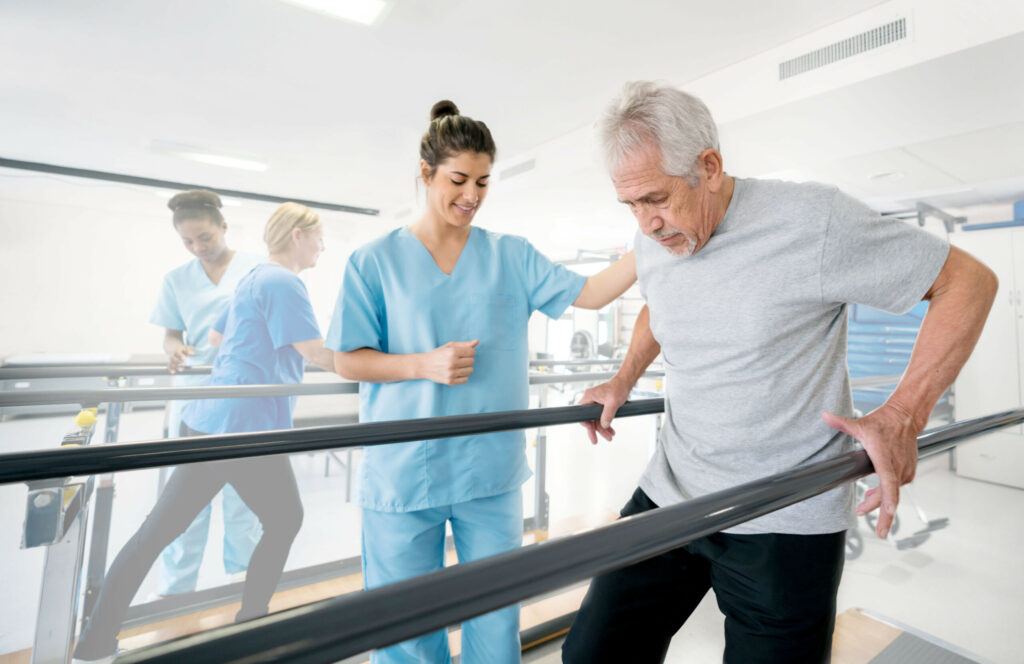
Don’t underestimate the mental toll. Counseling or support groups can offer emotional support and a platform to share experiences and strategies.
Community resources can be a lifeline. Many communities offer support groups, rehabilitation programs, and resources specifically for stroke survivors. These can provide a sense of community and shared experience, helping you feel less isolated.
Living post-stroke often means making lifestyle changes. A healthier diet, consistent exercise, and avoiding smoking or excessive alcohol can prevent another stroke.

Managing chronic conditions like hypertension or diabetes is equally important. Following a balanced lifestyle and adhering to medical advice can aid in a smoother recovery journey.
As always, thanks for reading this article & if it helps only 1 person, it was worth writing.
If you have a ny questions or comments, please leave them below & I will reply to you.
Cheers, Duncan




